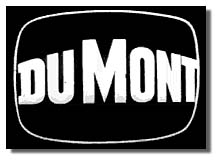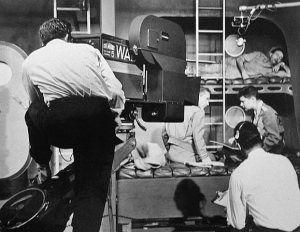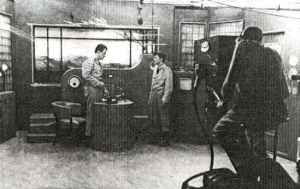Every so often I take a celebrity’s death very personally. This is obviously strange behavior, since I’ve been no less than ambivalent towards any real loss in my own life. What is even more bizarre are the people who I find myself attached to: one week it’s Frank Gorshin and in another it’s a 1930’s jazz singer who I only learned about by reading their obituary. This week it’s Yvonne De Carlo.
Most people remember Yvonne De Carlo as ‘Lily’ from the cult TV series, ‘The Munsters.’ In this case, I have no shame in admitting that I am ‘most people.’ ‘The Munsters’ is one of those quirky shows that manage to win over the viewer with a combination of humor, sincerity and charm. Just watching a few episodes recently have made me appreciatre how timeless the series really was. Yvonne’s portrayal of Lily as a normal, loving housewife stands out as one of the things that made the show work. Without her providing a sense of normalcy against the wacky situations the family got into each week, things would have gotten very old, very fast.
About a year or so ago I was spending a day at Disneyland with my good friend, Andrea, and her good friend, Joe. Although I didn’t know it when I met him, Joe created and operates Munsterland, one of the most comprehensive Munsters fansites on the internet. While it may not seem like it, Fred, Lily and the gang have an enormous online presence, and fans the world over have been mourning her passing.
Unlike the recent death of Al ‘Grampa Munster’ Lewis, who got extremely weird and political in his later years, Yvonne De Carlo was widely respected both inside the industry and out. Before taking the role of Lily, she had once been a popular Hollywood starlet, originally gaining fame for playing Moses’ wife in ‘The Ten Commandments.’
Even though she was afraid the make-up and costume would ‘turn her ugly,’ Yvonne took the part of Lily Munster to provide for her family. Her husband, a movie stuntman, had been seriously injured while filming a movie and was unable to work. Thankfully for both of them, The Munsters became a hit. The series filmed a total of 70 episodes and had two movies, giving De Carlo plenty of work over the next few years.
While I’ll be Netflixing some of her film work over the next few weeks to honor her (‘Frontier Gal,’ hear I come!) take a moment from your incredibly busy and exciting life to remember a great actress and a classy lady.









